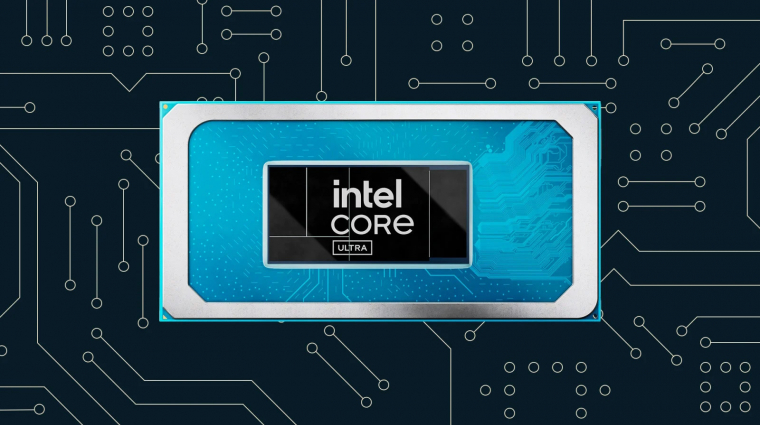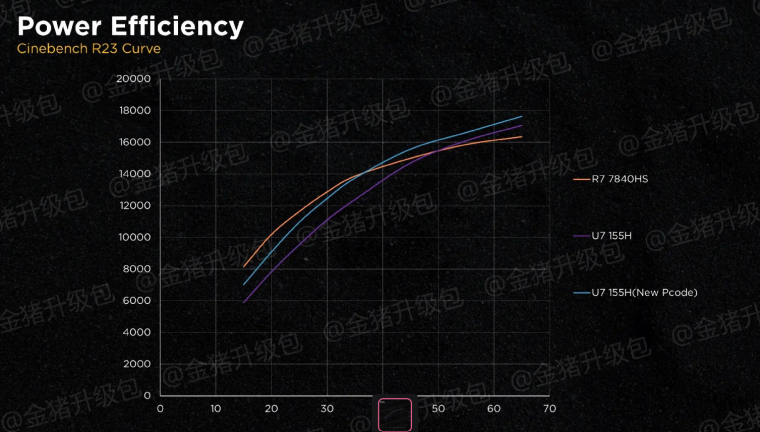It seems that everything has come together for the official announcement, but the first test samples produced weaker results than expected. Should AMD be worried?
It has long been known that the Core Ultra family of processors that come under the codename Meteor Lake will only be available in laptops, and one or two mini PC manufacturers may be using members of the new CPU rated at the top of the TDP class. No problem with that, as it now appears that a generational change is really happening, the very different hull from the 14 Raptor Lake Refresh series presents a host of exciting possibilities.
The processor cores are divided into three groups and the well-equipped integrated GPU is capable of crushing AMD mobile chipsets on paper and based on the manufacturer's tests, users can be particularly happy with the latter, as this has not really been the case in recent years and decades (Iris Pro With the built-in eDRAM unfortunately it was just a misguided attempt). However, the results achieved in the first round of tests were a real slapdash, the numbers showed that there was nothing to see here, and Intel once again promised something that actually does not work like that.
This was announced very quickly
Last year, it seemed that the giant company was moving according to a carefully organized strategy and schedule with the new generation chipsets. We were reading and hearing many times that everything is going according to plan, there are no delays in production, and the output is also right. This is how we arrived at December 14, when, after the official, commercially important start, the veil was lifted on certain types of laptops, their prices and release dates. As usual, ASUS jumped in to be the first to send out a specific ZenBook model, which you can read more about in PCW columns soon.
However, based on the results achieved in synthetic programs, nothing was right, or as the majority thought, Meteor Lake would not have such an exciting development as announced by the company. In single-threaded and multi-threaded performance, it bled even against its 13th-gen predecessors, with only the IGP able to hold its own against the Radeon 780M; Prove at least one of the promises.
However, individuals with experience testing fresh and clean products have instead looked into the fact that version 201, the final BIOS release for Round 1, supposedly does not yet include the final improvements that take full advantage of the architecture's capabilities. They were right, as the Taiwanese manufacturer recently provided BIOS 203 update, which significantly accelerated synthetic tests compared to the low-power platform.
The 12.5% improvement achieved in the Cinebench R23 benchmark when running the multi-threaded demo is a noticeable improvement, and since the single-threaded score has increased to a practically minimum, it can be suspected that power frame management has been tuned in the new firmware. This is also confirmed by the graph shared by one of the testers, where the first noticeable thing is that in the initial BIOS release, efficiency was treated in a somewhat “security trigger” manner. Which, by the way, also affected the scheduling of fibers between individual groups, so it is not surprising that such great progress has now been achieved.
Could it be better?
Regarding ZenBook, we don't think so, in the case of some applications that still have problems, the improvement can be seen later, but as long as performance is restored with 203 BIOS, future improvements can focus on targeting idle consumption as precisely as possible. If you have pre-ordered a new ASUS device, don't worry, by the time the ordered copy arrives, the processor will be performing well by then. Mass distribution will continue into the first quarter of 2024, and Intel and its partner manufacturers will have time to make firmware-based patches.













































